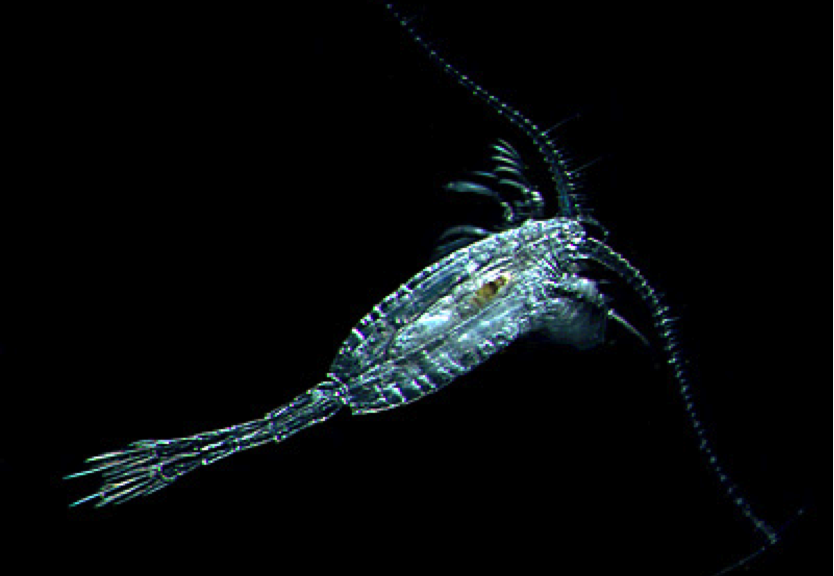Micro-algae transform carbon dioxide (CO2) and nutrients dissolved in the ocean into organic matter and oxygen. This process, photosynthesis, uses sunlight energy. These primary producers then become an energy source for a vital link in the marine food chain, that being herbivorous zooplankton.
Tag Archives: Zooplankton
Scientists took up the challenge of “les 24 heures de Science”
Once again, the Takuvik Joint International Laboratory rose to the challenge of the recent 24 heures de Science. With the participation of Québec-Océan, researchers and students volunteered for this event, sharing their knowledge with the primary and secondary school students.
Continue reading Scientists took up the challenge of “les 24 heures de Science”
Scientific work: Zooplankton, vertical fluxes & pelago-benthic coupling
Scientific work aboard the CCGS Amundsen
Working group categories for sampling and research interests: Zooplankton, vertical fluxes & pelago-benthic coupling
Most of the time, critters above 150 µm in size are animals (either herbivores of carnivores); they are what we call Zooplankton. In the ocean most of them are copepods. To catch them scientists deploy nets of various mesh sizes either vertically or horizontally.
Continue reading Scientific work: Zooplankton, vertical fluxes & pelago-benthic coupling



